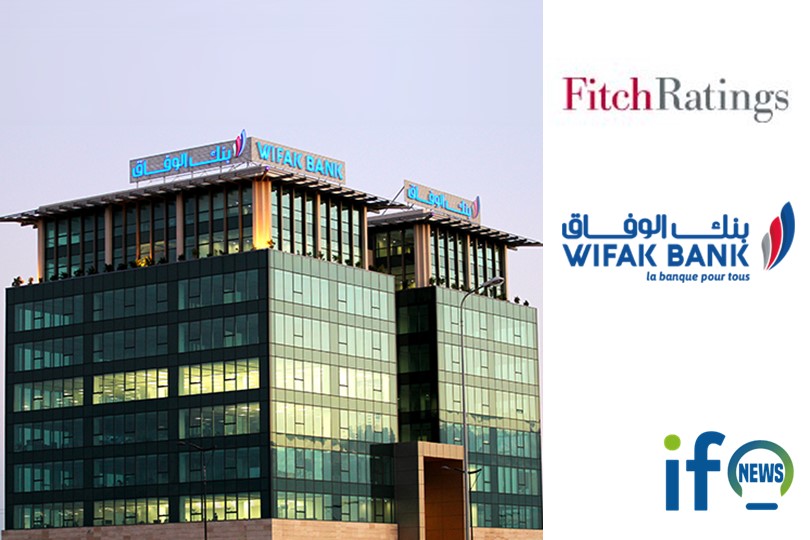
Fitch Upgrades Wifak International Bank to 'BB(tun)'; Outlook Stable
Fitch
Ratings - Dubai - 29 Mar 2023: Fitch Ratings has upgraded Wifak International Bank's National
Long-Term Rating to 'BB(tun)' from 'BB-(tun)'. The Outlook is Stable. Fitch has
also affirmed Wifak's National Short-Term Rating at 'B(tun)'.
The
upgrade of Wifak's National Long-Term Rating reflects the bank's improved
credit fundamentals, in particular asset quality and profitability metrics. The
upgrade also captures a more reasonable funding profile underpinned by
increased inflows of deposits in recent years, accompanied by a reduction in
funding costs.
KEY RATING DRIVERS
Wifak's ratings are
driven by its standalone creditworthiness. They reflect the bank's small
franchise and high growth in the challenging Tunisian operating environment,
which significantly weighs on Wifak's asset quality and overall credit
assessment. The ratings also factor in the bank's improved profitability,
albeit still modest, declining capitalisation, and a reasonable funding and
liquidity profile.
Challenging Operating Environment:
We
expect real GDP growth to have remained moderate at 2.4% in 2022 and that it will slow down to 1.6% in 2023. The banks' operating environment is undermined by
high inflation (10.2% in 2023), an
unfavourable policy mix, political uncertainties, as well as a weak business
climate due to uncertainties around the IMF disbursement of a USD1.9 billion
fund facility to Tunisia.
Small Size, Islamic
Franchise: Wifak is a small Islamic bank in Tunisia, with only 1% of system assets at end-2022.
The bank has diversified away from its legacy leasing business (Ijara; equal to 41% of total financing at
end-1H22) towards cost-plus financing (Mourabaha;
57%). It mainly focuses on non-retail customers, while also aiming to
strengthen its retail franchise through continued expansion of its branch
network and digital channels.
Heightened Risk Profile:
Wifak's risk profile is inherently high given the challenging operating
environment in Tunisia, the bank's high appetite for growth, and its focus on
SMEs. However, we note Wifak's risk controls have improved in recent years
through increased supervision of individual branches and centralised
underwriting. The bank's high financing growth (CAGR of 25% since 2017) adds to
asset quality seasoning risks but has also contributed to improved operating
performance.
Asset Quality Improved;
Remains Vulnerable: Wifak's impaired exposures (including off balance sheet)
were a sizeable 8% of total exposures at end-2022, which is still below the
sector average of 13%. Wifak's ratio has consistently reduced over the last
four years owing to high growth, recoveries and write-offs. The bank's assets
remain fundamentally vulnerable given the difficult operating conditions, while
modest coverage of impaired financing (54% at end-1H22) will likely require
extra provisioning in case of a prolonged deterioration in macro conditions.
Modest But Improving
Profitability: Wifak's operating profit notably improved to
around 0.5% of risk-weighted assets (RWAs) in 2021-2022 after a few years of
net losses. Profitability was supported by a strong increase in the net
financing margin in line with higher rates, stronger business volumes and
higher non-financing income. The bank's operating performance can exhibit
volatility depending on the level of impairment charges. These have
historically fluctuated between 1.0%-1.5% of average financing.
Vulnerable Capitalisation:
Wifak's Fitch Core Capital (FCC) ratio, which is similar to its regulatory Tier
1 ratio, reduced to 12.4% at end-2022 from above 20% at end-2018 due to high
growth and modest internal capital generation. We believe the ratio will likely
decline further considering ambitious growth plans but the bank aims to
maintain it at around 10%. A sizeable stock of unreserved impaired exposures
(28% of FCC at end-1H22) also weighs on our assessment of Wifak's
capitalisation.
Reasonable Funding and
Liquidity: Wifak's customer deposits were 70% of liabilities
at end-2022, comprising a high portion of current and savings accounts. The
Fitch-calculated financing/deposits ratio of 111% at end-2022 was in line with
the market average. Highly liquid assets, net of wholesale funding maturing
within the next 12 months, covered 16% of total deposits, which is only
moderate. In case of need, the bank could raise additional liquidity (equal to
another 17% of total deposits) from the central bank through its un-utilised
secured funding facility.
RATING SENSITIVITIES
Factors that could,
individually or collectively, lead to negative rating action/downgrade:
A downgrade would
follow a deterioration of Wifak's FCC ratio to below 10% without a credible
path to sustainably restore it above that threshold. This could come from
aggressive growth rates that are not adequately compensated by internal capital
generation. A sharp increase in Wifak's impaired financing ratio towards
market-average levels would also weigh on its ratings.
A downgrade of the Tunisian sovereign would not necessarily affect the National Ratings because Wifak's credit profile relative to other Tunisian issuers may be preserved.
Factors that could,
individually or collectively, lead to positive rating action/upgrade:
We see potential for
the ratings to be upgraded over the next few years provided the bank improves
economies of scale and keeps reasonable control of asset quality risks. An
upgrade would also require an improvement in the bank's operating profit to
consistently above 1% of RWAs and a build-up of the core capital ratio to
sustainably above 13%.
REFERENCES FOR
SUBSTANTIALLY MATERIAL SOURCE CITED AS KEY DRIVER OF RATING
The principal sources
of information used in the analysis are described in the Applicable Criteria.
IF NEWS


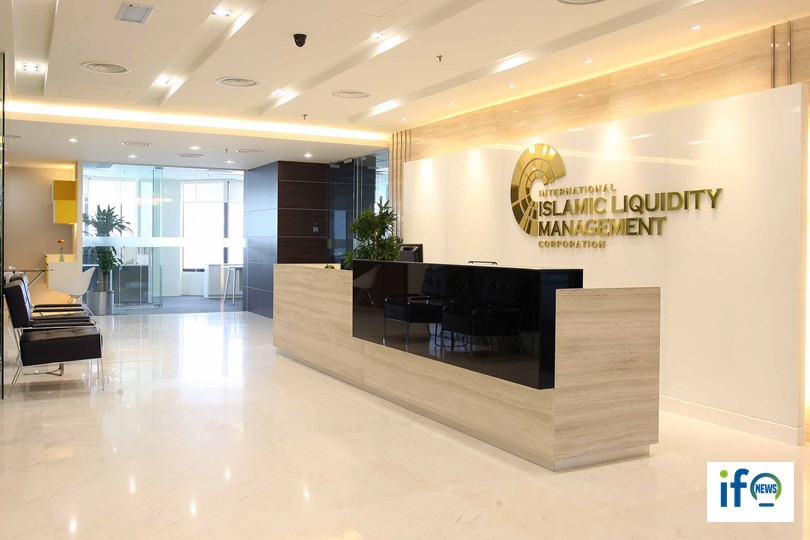
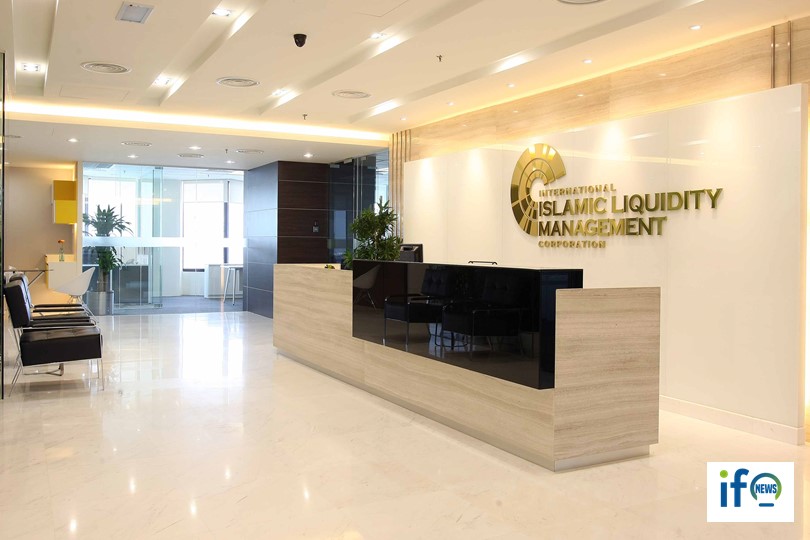
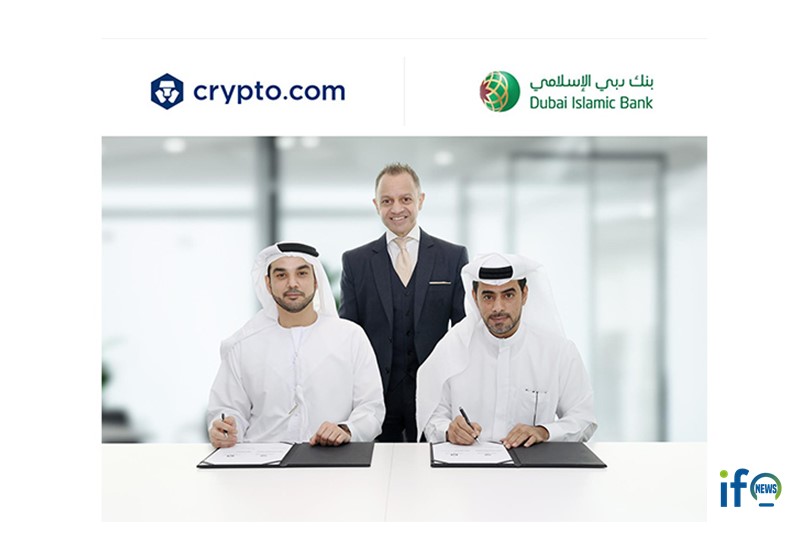
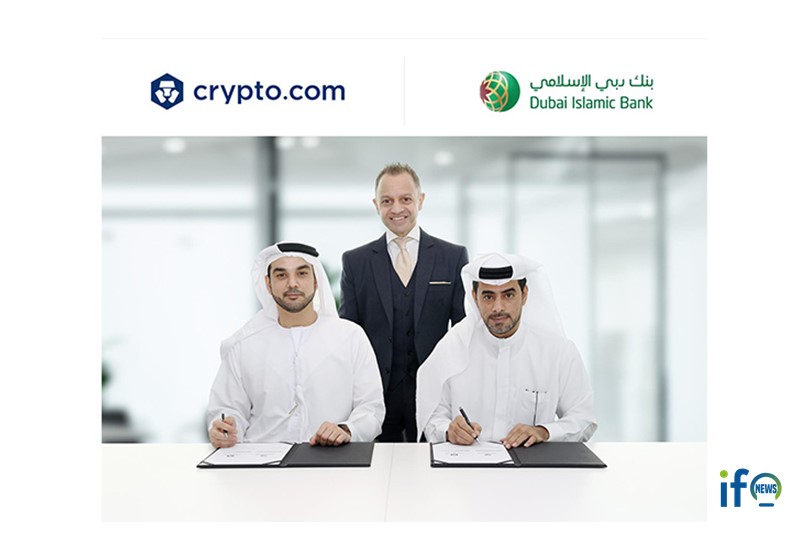
Aucun commentaire pour cet event,
Soyez le premier à commenter